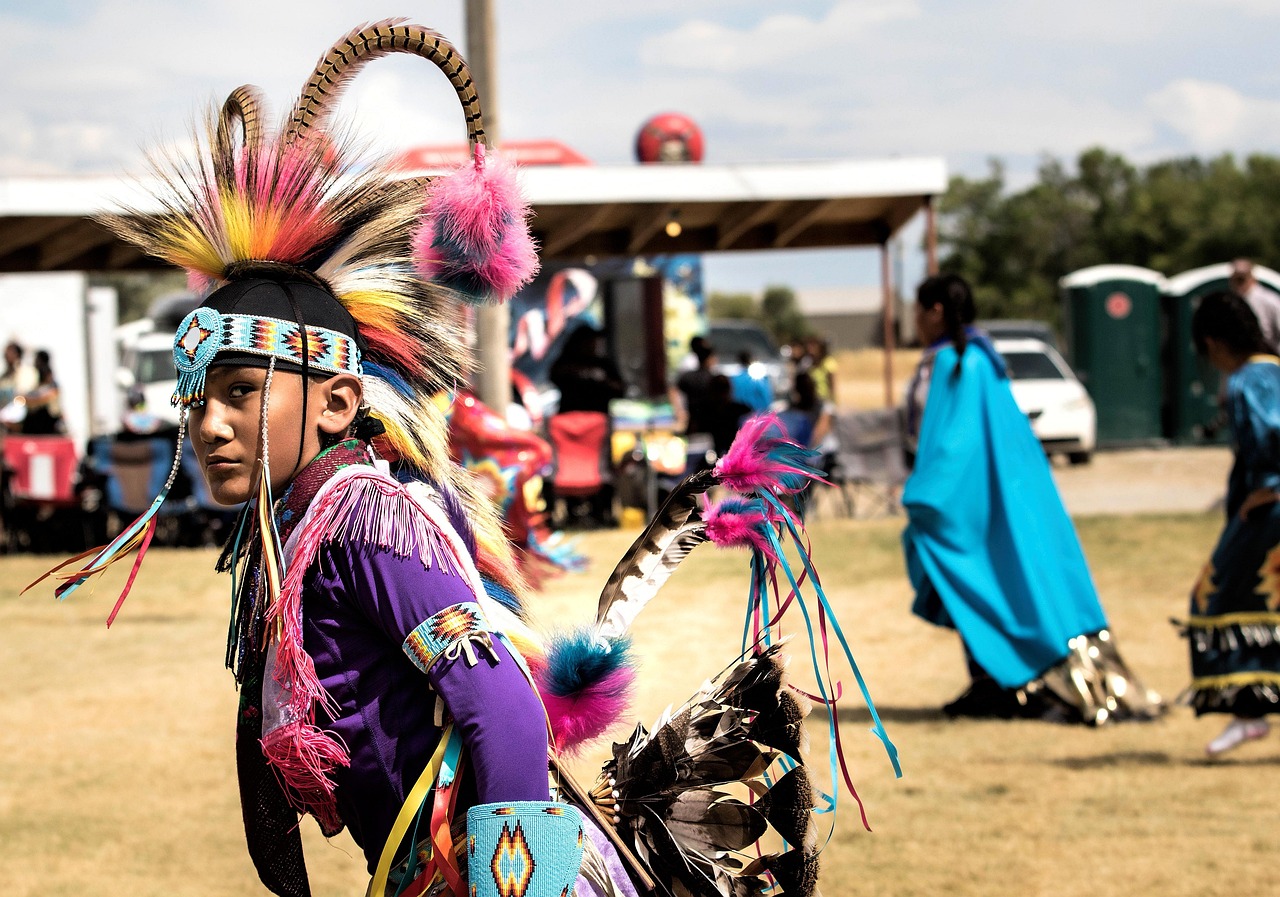The Digital Campfire: When Indigenous Peoples Conquer the Internet
While many are still debating the impact of social media, indigenous communities around the world have sparked a digital revolution. They use platforms like TikTok, Instagram, and YouTube not for trends, but for something far more important: saving their cultures from being forgotten.
TikTok Meets Tradition: The Viral Rise of Indigenous Dances
Sarah, a young Anishinaabe from Canada, initially hesitated to post a traditional Fancy-Shawl dance on TikTok. Within days, the video went viral with millions of views. #IndigenousTikTok was born. Today, thousands of young indigenous people share their dances, songs, and stories – reaching more people than ever before.
“My grandmother cried when she saw young people from all over the world learning our dances,” Sarah recalls. “She said, ‘We used to be punished for dancing. Now the whole world dances with us.'”
Language Revival via Apps: When Phones Save Grandma’s Knowledge
Of the roughly 7,000 indigenous languages worldwide, many are endangered. But now, the era of digital language rescuers has begun. Māori activist Hōhepa developed an app that helps grandparents pass their native language to grandchildren using AI – even across thousands of kilometers.
“Our elders are living libraries,” says Hōhepa. “Through video calls and language apps, we can harvest their knowledge before it’s lost. Every word saved is a victory against forgetting.”
Indigenous Influencers: Ambassadors Between Worlds
James, a Navajo artist, began sharing his comic drawings on Instagram three years ago, combining modern superheroes with traditional Navajo patterns. Today, he has over 500,000 followers and is reshaping the world’s perception of indigenous peoples.
“We were always the ‘Others’ – either romanticized or demonized,” James explains. “Social media finally gives us a voice to tell who we really are: modern people with ancient roots.”
Virtual Reality and Cultural Heritage
In Alaska, Iñupiat communities use VR technology to document traditional hunting techniques and pass them on to younger generations. Through 360-degree videos, youth can now virtually participate in whale hunts – an experience becoming rarer in reality due to climate change and regulations.
Social Media as a Tool for Activism
When the Dakota Access Pipeline protests began in 2016, it was #NoDAPL that brought global attention to Standing Rock. Indigenous activists used livestreams to document police violence and GoFundMe campaigns to fund protest camps.
“Social media gave us a weapon our opponents couldn’t counter: the truth,” recalls an activist. “Suddenly, the whole world watched us fight for our water.”
The Dark Side of the Digital World
But the digital path is not without risks. Cultural appropriation flourishes on social media when non-indigenous influencers misuse sacred symbols as fashion trends. The commercialization of spiritual practices also raises ethical questions for many communities.
“We must learn to share our cultural heritage without giving it away,” warns an indigenous media expert. “Every ritual shared can be both a bridge and a theft.”
Future Vision: Indigenous Technologies for Indigenous Needs
The next stage of the digital revolution is already underway: young indigenous programmers are developing custom apps and platforms based on cultural protocols. A group of Canadian First Nations is working on a social network built on the concept of ‘kinship’ rather than ‘friendship.’
“Why should we adapt?” asks developer Kelsey. “The internet is young enough to learn from our ancient values. Maybe we can even do it better.”
Digital Nomads of Tradition
The story of indigenous presence on social media is not one of technology versus tradition, but of technology serving tradition. It proves that culture is not a museum artifact, but a living river that finds new paths – even through server rooms and fiber-optic cables.
As one indigenous media activist puts it: “Our ancestors used every tool available to keep our stories alive – from cave paintings to winter counts. Social media is just the latest tool in this long chain.”
Have you discovered indigenous content creators on social media? Which projects impress you most? Share your findings in the comments!
Follow these inspiring indigenous voices:
@shinanova (TikTok)
@the_land_back (Instagram)
@ndnviewfinder (YouTube)

